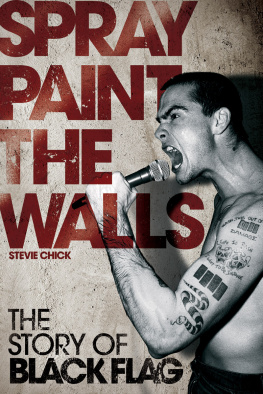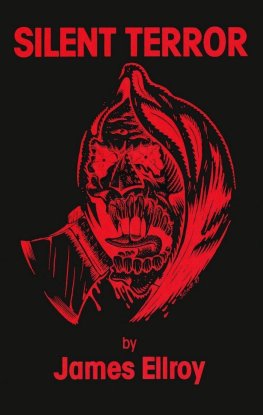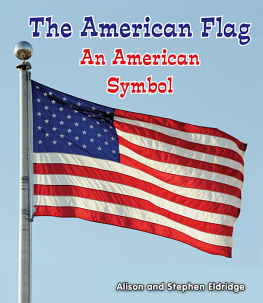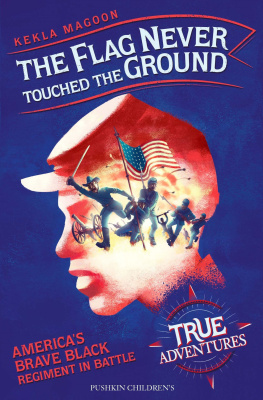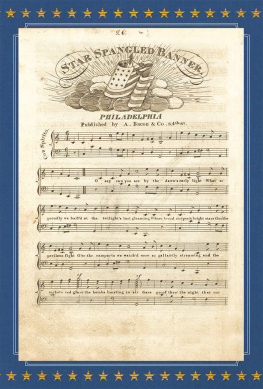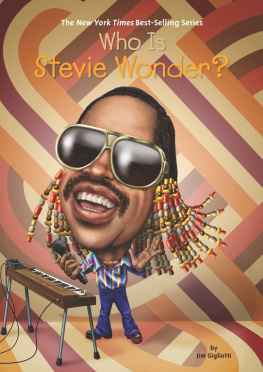Stevie Chick - Spray Paint the Walls
Here you can read online Stevie Chick - Spray Paint the Walls full text of the book (entire story) in english for free. Download pdf and epub, get meaning, cover and reviews about this ebook. year: 2011, publisher: PM Press, genre: Detective and thriller. Description of the work, (preface) as well as reviews are available. Best literature library LitArk.com created for fans of good reading and offers a wide selection of genres:
Romance novel
Science fiction
Adventure
Detective
Science
History
Home and family
Prose
Art
Politics
Computer
Non-fiction
Religion
Business
Children
Humor
Choose a favorite category and find really read worthwhile books. Enjoy immersion in the world of imagination, feel the emotions of the characters or learn something new for yourself, make an fascinating discovery.
- Book:Spray Paint the Walls
- Author:
- Publisher:PM Press
- Genre:
- Year:2011
- Rating:4 / 5
- Favourites:Add to favourites
- Your mark:
- 80
- 1
- 2
- 3
- 4
- 5
Spray Paint the Walls: summary, description and annotation
We offer to read an annotation, description, summary or preface (depends on what the author of the book "Spray Paint the Walls" wrote himself). If you haven't found the necessary information about the book — write in the comments, we will try to find it.
Spray Paint the Walls — read online for free the complete book (whole text) full work
Below is the text of the book, divided by pages. System saving the place of the last page read, allows you to conveniently read the book "Spray Paint the Walls" online for free, without having to search again every time where you left off. Put a bookmark, and you can go to the page where you finished reading at any time.
Font size:
Interval:
Bookmark:

Spray Paint the Walls: The Story of Black Flag 2009 by Stevie Chick
This edition 2011 PM Press
All rights reserved. No part of this book may be transmitted by any means without permission in writing from the publisher.
ISBN: 978-1-60486-418-2
Library of Congress Control Number: 2010916477
Cover designed by Fresh Lemon
Picture research Jacqui Black
Typeset by Phoenix Photosetting, Chatham, Kent, UK
Every effort has been made to trace the copyright holders of the photographs in this book but one or two were unreachable. We would be grateful if the photographers concerned would contact us.
PM Press
PO Box 23912
Oakland, CA 94623
www.pmpress.org
10 9 8 7 6 5 4 3 2 1
Printed in the USA on recycled paper, by the Employee
Owners of Thomson-Shore in Dexter, Michigan.
www.thomsonshore.com
This book is, to a large degree, compiled from the varying perspectives and recollections of those who were there, and where those have conflicted with each other, Ive mostly chosen to present those varying perspectives intact, to leave the reader to decide where the truth lies. However, a small number of factual mistakes and typos crept into the text of this book through the course of writing it. Most egregious of these sins is referring to punk rock legends The Misfits as Californians, when they in fact hailed from Lodi, New Jersey, a baffling mistake Ill chalk up to a late night slaving over a hot laptop. Elsewhere, I erroneously suggest Ian MacKaye produced the debut Mother Superior album; the album was in fact produced by the group themselves. I would like to extend thanks to the friends, interview subjects and readers of the book whove contacted me since publication to offer these corrections.
They paved paradise and put up a parking lot...
I dont believe this... It should be here!
Fidgeting behind the steering wheel of his pick-up truck, a crumpled old piece of paper with a number of addresses scrawled on it in his hand, Aaron North furrows his brow in mute frustration as he stares out through the windscreen, like a hunter trying to spot teasingly elusive prey, around the parking lot of a roadside mechanic. Around us lay beaten-up automobiles in various states of decay, idly oblivious to the surgery being performed on one of their number in a nearby garage.
Aaron leans over the steering wheel, peers further up the road, checking the numbers of the surrounding buildings, his lips tightening as he realises that the address is correct, that were at the exact location wed been aiming for, but that someone had gotten here before us - years before, obviously - and demolished the hallowed site wed spent the afternoon searching for, replacing it with this modest motor repair concern.
Were trying to locate the Moose Lodge Hall in Southern Californias Redondo Beach, one of thousands spread out across America, owned by and maintained by the local chapters of the Loyal Order Of Moose, a fraternal organisation dating back to the late 1800s. Many such groups - including such brightly named brethren as the Knights Of Columbus, the Modern Woodmen Of America, and the Benevolent And Protective Order Of Elks - thrive in the suburbs here, and are very much an all-American tradition: Howard Cunningham, fictional patriarch in fifties-set MomnApple-Pie sitcom Happy Days, was a high-ranking member of Milwaukees Leopard Lodge, eventually becoming their Grand Puba.
Along with serving as a hub where local members could meet and hold social and sporting events, these halls could be rented out by non-members, at a reasonable fee. In this particular location, almost 30 years before our arrival, the Redondo Beach Moose Lodge Hall played host to a punk rock gig featuring three LA-based punk bands: Long Beach quartet Rhino 39; The Alleycats, fronted by husband and wife duo Randy Stodola and Dianne Chai; and Black Flag, a group from nearby Hermosa Beach who, over the next six or so years, would change the face of the then-nascent California punk scene and, through their fearless and, at times, foolhardy commitment to touring as far as they could across America, pioneer a pathway across the country for a generation of underground rock bands to follow in their footsteps.
That such a historic location no longer existed, had been razed and replaced with this mechanics garage, without so much as a blue plaque to memorialise it, was not, by this point in the afternoon, entirely surprising. For one thing, it conformed to the deflating experience of various other such quests undertaken that day, Aaron serving as our gracious chauffeur and gnarly tour guide, tracing routes across Los Angeles and some of its nearby suburbs, chasing down his shopping list of sacred Black Flag sites, only to find a succession of former legendary punk-rock venues, recording studios and punker hangouts all demolished, and subsequently rebuilt as hotels, or parking lots, or hotel parking lots.
Our journey began at Aarons apartment in West Hollywood, where a homely sofa nestles between walls of vinyl, racks of CDs, various discarded guitars and FX pedals, in a very artful tangle. On the stereo, Aaron is pumping tracks from a CD of Black Flags hitherto unreleased 1982 demos with former-DOA drummer Chuck Biscuits. The jewel in the crown of the Black Flag bootleg discography, it captures the group as a five-piece, fronted by Henry Rollins, with firebrand bassist Chuck Dukowski still in the group, backed by previous singer Dez Cadena on rhythm guitar, which frees band-leader and chief songwriter Greg Ginn up to blitz the proceedings with glorious, atonal, harmolodic guitar howl. Though these tracks, recorded in direct contravention of a court order, will never officially reach vinyl, chronicling a version of the group that will soon, and messily, dissolve, they contain the raw materials of the music Black Flag pursued throughout the rest of their career. The Fi is Lo, the sonics muddy, but epochal later-era Flag songs like Slip It In, Black Coffee, bleak noiseout nightmare Nothing Left Inside, and the Dukowksi-penned My War - a paranoia-steeped bolt of panic that seems to speak for the groups adversarial, entrenched mind-set - will never sound so ferocious, so unforgiving, so revved-up on fresh kill and desperate bloodlust.
Aarons a dyed-in-the-wool Black Flag fan, a SoCal native who struck up enough of a friendship with Greg Ginn in the late Nineties to interview him for his fanzine, and whose mum attended Mira Costa, the Manhattan Beach High School that counts many Flag members as alumni. Aaron first won infamy as guitarist with The Icarus Line, a sulphurous and self-destructive Los Angeles group whose music plotted a murderous path between The Stooges, Black Sabbath and Spacemen 3, and whose era with Aaron was notable not least for the guitarists penchant for onstage destruction and audience confrontation.
With The Icarus Line, I saw Aaron swing from speaker stacks, face off Hells Angels, and steal from its presentation case in the Austin, TX Hard Rock Caf a guitar autographed by fallen local blues hero Stevie Ray Vaughan, a stunt that won the group death threats from the venue staff. Leaving that group after their 2004 masterpiece album Penance Soiree, he went on to play guitar for Trent Reznors Nine Inch Nails, enlivening that groups shuddering industrial rock with his jagged punk wiles, and now fronts his own group, Jubilee, whose forthcoming debut album will blow your minds.
Aarons pick-up truck used to serve as one of The Icarus Lines touring vehicles, and he logged thousands of miles in it back in their early days, when the group pursued rocknroll infamy with a doggedness they doubtless learned from their beloved Black Flag. Like the Flag, The Icarus Lines lot was tough and unglamorous, regularly running afoul of the police and finding only confrontation and abuse within the moshpits at their concerts.
Next pageFont size:
Interval:
Bookmark:
Similar books «Spray Paint the Walls»
Look at similar books to Spray Paint the Walls. We have selected literature similar in name and meaning in the hope of providing readers with more options to find new, interesting, not yet read works.
Discussion, reviews of the book Spray Paint the Walls and just readers' own opinions. Leave your comments, write what you think about the work, its meaning or the main characters. Specify what exactly you liked and what you didn't like, and why you think so.

